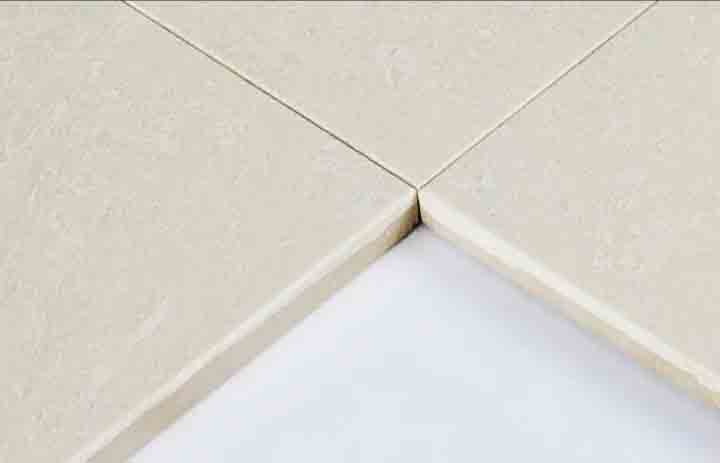
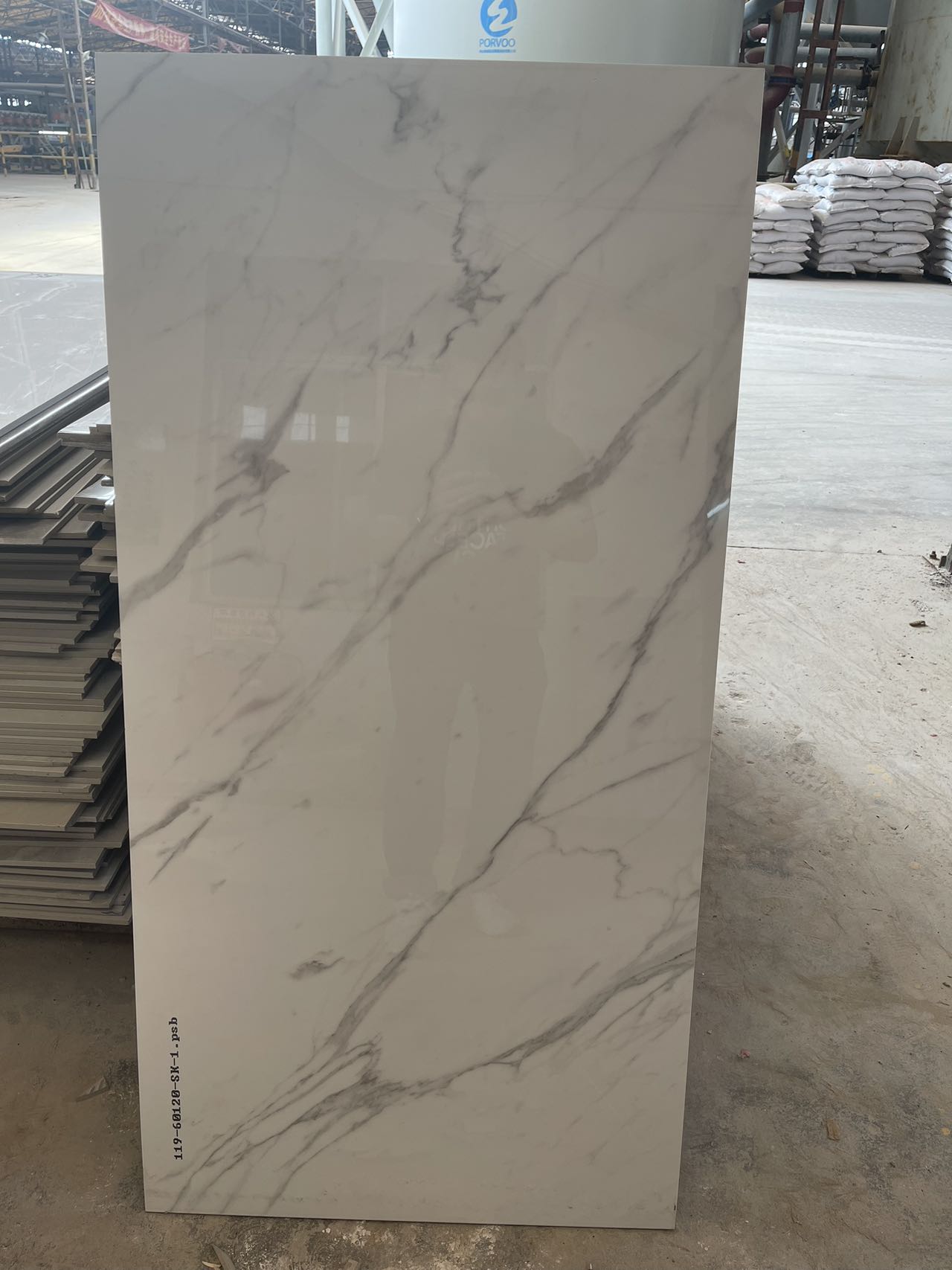
Porcelain tiles are a popular choice for both residential and commercial spaces due to their durability, versatility, and aesthetic appeal. However, when it comes to selecting porcelain tiles, one important decision that needs to be made is whether to choose glazed or unglazed tiles.
This article aims to provide an objective overview of the differences between glazed and unglazed porcelain tiles, debunk any misconceptions about vitrified and glazed tiles, and offer guidance on how to make an informed choice between the two.
Firstly, it is essential to understand the distinction between glazed and unglazed porcelain tiles. Glazed porcelain tiles are coated with a layer of liquid glass, which is then fired at high temperatures to create a durable and stain-resistant surface. This glaze can come in a variety of finishes, such as glossy, matte, or textured, offering a range of design options.
On the other hand, unglazed porcelain tiles do not have a protective coating and retain the natural color and texture of the clay they are made from. While unglazed tiles may lack the shine and variety of finishes offered by glazed tiles, they are known for their superior slip resistance and durability, making them suitable for high-traffic areas and outdoor applications.
To make an educated choice between glazed and unglazed porcelain tiles, it is crucial to consider various factors.
Firstly, the intended use and location of the tiles should be taken into account. Glazed tiles are more suitable for indoor use, as they may be susceptible to scratching and wear in outdoor environments.
Additionally, the desired aesthetic should be considered, as glazed tiles offer a wider range of design options and can create a sleek and polished look, whereas unglazed tiles provide a more natural and rustic appearance.
Lastly, maintenance requirements and personal preferences regarding slip resistance and durability should also be considered when making a decision.
By carefully evaluating these factors, one can confidently choose between glazed and unglazed porcelain tiles that best suit their needs and preferences.


Unglazed ceramic tile refers to a type of tile that does not have a layer of glaze applied to its surface.
The lack of glaze gives the tile a more natural, matte appearance and texture.
This type of tile is often chosen for its durability and resistance to wear and tear.What Does “Unglazed” Mean?
Porcelain tiles that are not glazed possess a natural, rustic appearance due to their unaltered and unadorned surface. Unlike glazed tiles, which have a layer of liquid glass applied to the surface before firing, unglazed porcelain tiles are made from a single homogenous material and are fired at a higher temperature. This process results in a dense and hard surface that is resistant to stains, scratches, and moisture. Unglazed porcelain floor tiles are commonly used in high-traffic areas such as kitchens, hallways, and commercial spaces due to their durability and slip-resistant properties. They are also an excellent choice for outdoor applications like patios and walkways since they can withstand extreme weather conditions.
When deciding between glazed or unglazed tiles for bathroom floors, it is essential to consider factors such as style preference, maintenance requirements, and the level of foot traffic. While glazed tiles provide a wider range of design options, unglazed porcelain tiles offer a natural and timeless look that can complement various interior styles. Additionally, unglazed tiles are recommended for bathroom floors due to their slip-resistant properties, making them a safer choice. Ultimately, the decision between glazed and unglazed porcelain tiles depends on personal preference and the specific needs of the space in question.
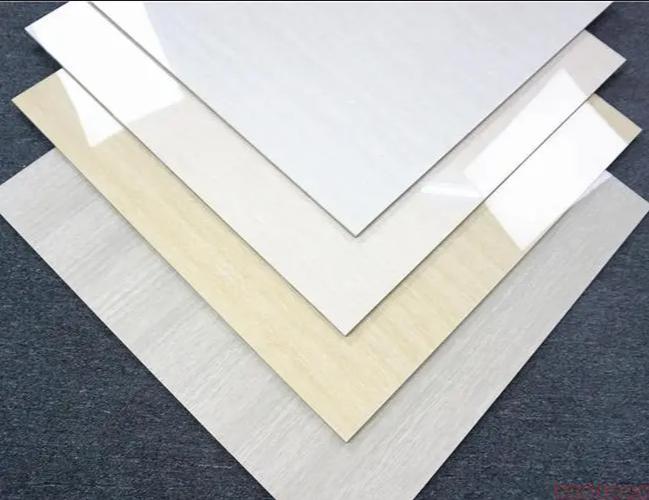

Glazed porcelain tile refers to a type of ceramic tile that has been coated with a layer of liquid glass and then fired at high temperatures.
This process creates a smooth and shiny surface on the tile, which can enhance its aesthetic appeal.
The glazing also provides a protective layer that makes the tile resistant to stains, scratches, and moisture.
To fully understand the implications of choosing between glazed and unglazed porcelain tile, it is important to comprehend the distinct meaning of the term 'glazed.' Glazed porcelain tile refers to a type of ceramic tile that has a glass-like coating applied to its surface. This coating, known as glaze, is typically made from a combination of minerals and pigments that are fused to the tile through a high-temperature firing process. The glaze not only adds a decorative element to the tile but also provides a protective layer that makes the tile resistant to stains, scratches, and moisture.
Understanding the meaning of 'glazed' is crucial in making an informed decision when considering the use of glazed or unglazed porcelain tile for kitchen applications. Glazed porcelain tiles are popular for kitchen flooring and countertops due to their aesthetic appeal, durability, and easy maintenance. While unglazed porcelain tile may have its advantages in certain settings, such as providing better slip resistance, it is generally less practical for kitchen use due to its higher susceptibility to stains and moisture absorption. By considering these factors, homeowners and designers can make an informed choice when selecting the most suitable type of porcelain tile for their kitchen needs.
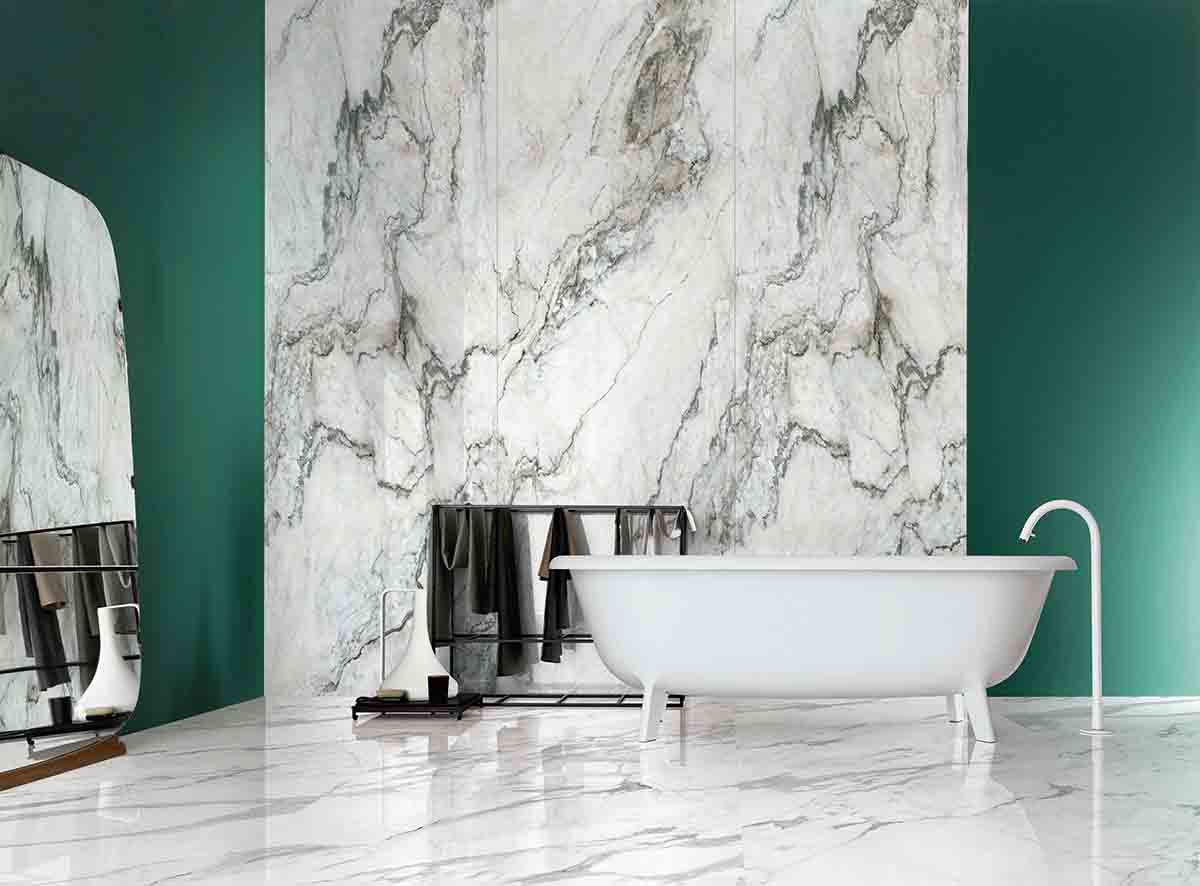
One key distinction between the two types of tiles lies in their surface texture and appearance.
Glazed porcelain tiles have a layer of liquid glass applied to the surface before they are fired in the kiln.
This layer of glass gives the tiles a glossy, smooth finish.
The glass coating also allows for a wide range of colors and patterns to be applied to the tile, making it a popular choice for adding visual interest to a space.
In addition, the glaze helps to protect the tile from stains and scratches, making it more durable and easier to clean.
This makes glazed porcelain tiles a popular choice for high-traffic areas such as kitchens and bathrooms.
On the other hand, unglazed porcelain tiles do not have a layer of glass applied to their surface.
Instead, the color and pattern of the tile are present throughout the entire tile body.
This gives unglazed tiles a more natural, rustic look compared to their glazed counterparts.
While unglazed tiles may not have the same visual appeal as glazed tiles, they have their own advantages.
For example, unglazed tiles are less slippery when wet, making them a safer option for areas such as bathrooms or outdoor spaces.
They also tend to be more resistant to wear and tear, making them a good choice for high-traffic areas or commercial settings.
Additionally, because unglazed tiles do not have a glaze, they do not require sealing and are generally easier to maintain.
The difference between glazed and unglazed porcelain tiles lies in their surface texture, appearance, and overall performance.
Glazed tiles offer a glossy, smooth finish with a wide range of colors and patterns, making them visually appealing and easy to clean.
Unglazed tiles, on the other hand, have a more natural, rustic look and offer advantages such as increased safety and durability.
Ultimately, the choice between glazed and unglazed porcelain tiles will depend on personal preference, the desired aesthetic, and the specific needs of the space in which they will be installed.
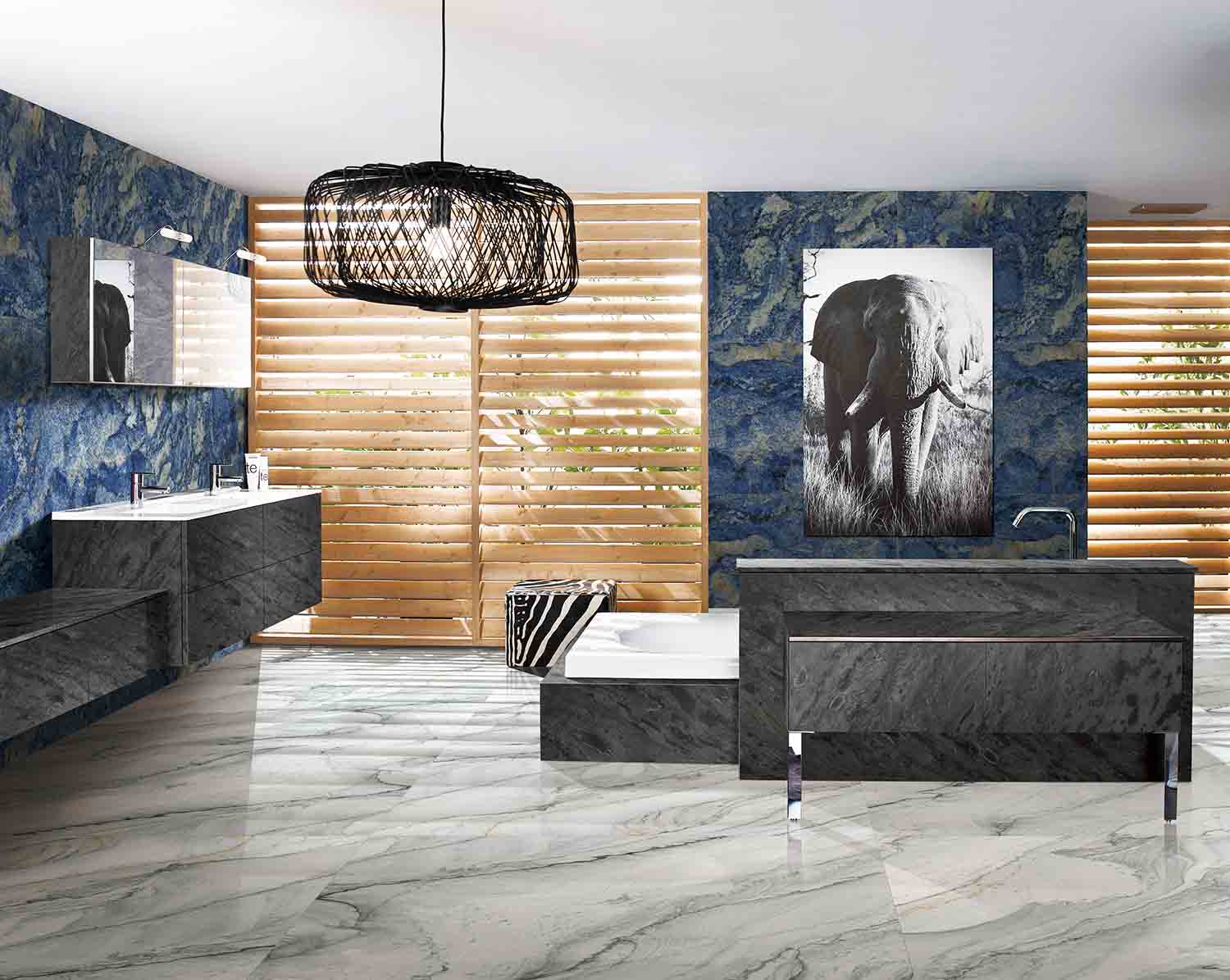
There are common misconceptions surrounding the characteristics and benefits of vitrified and glazed porcelain tiles. One misconception is that vitrified tiles are the same as glazed tiles. While both types of tiles undergo a similar firing process, they have distinct differences. Vitrified tiles are made by fusing silica and clay at high temperatures, which results in a dense and non-porous material. On the other hand, glazed tiles have a layer of liquid glass applied to the surface before firing, creating a protective coating. This coating gives glazed tiles their distinct shine and also provides additional protection against stains and water absorption.
Another misconception is that vitrified tiles are more durable than glazed tiles. While vitrified tiles are indeed highly durable and resistant to scratches and stains, glazed tiles can also offer durability depending on their quality and the application they are used for. It is important to consider the PEI (Porcelain Enamel Institute) rating of the tile, which indicates its suitability for different levels of foot traffic. Additionally, the glaze on the surface of the tile can provide added strength and protection. However, it is worth noting that the glaze can wear off over time, especially in high-traffic areas, exposing the underlying material.
This table highlights the key differences between vitrified and glazed porcelain tiles, dispelling the misconceptions that they are the same or that one is inherently superior to the other. It is important for consumers to understand these differences in order to make an informed decision when choosing between glazed and unglazed porcelain tiles for their specific needs and preferences.

When deciding on the type of porcelain tile to use, it is essential to carefully consider the specific qualities and characteristics that best suit your desired aesthetic and functional requirements.
One of the primary factors to consider is whether to choose glazed or unglazed porcelain tile. Glazed porcelain tiles have a layer of liquid glass applied to the surface before firing, which gives them a glossy, smooth finish. This glaze can come in a wide range of colors and patterns, allowing for more design options. Glazed tiles are also more stain-resistant and easier to clean, making them a popular choice for areas that may be prone to spills or stains, such as kitchens and bathrooms.
On the other hand, unglazed porcelain tiles do not have a glaze applied to the surface. Instead, the color and texture of the tile are determined by the natural characteristics of the porcelain clay used. This gives unglazed tiles a more natural and rustic appearance. They also tend to have a higher slip resistance, making them a suitable choice for areas where there may be a risk of slipping, such as outdoor patios or pool decks. However, unglazed tiles may be more susceptible to stains and require more frequent cleaning and maintenance.
Ultimately, the choice between glazed and unglazed porcelain tile depends on your personal preferences and the specific requirements of your project. If you are looking for a sleek and easy-to-clean option with a wide range of design possibilities, glazed porcelain tiles may be the better choice for you. On the other hand, if you prefer a more natural and slip-resistant option that requires a bit more maintenance, unglazed porcelain tiles may be the way to go.

To establish a connection or inquire further, please feel free to reach out. We understand that choosing between glazed and unglazed porcelain tile can be a daunting task, and we are here to assist you in making an informed decision.
Our team of experts is available to answer any questions you may have and provide you with the necessary information to help you choose the right type of tile for your specific needs.
In order to make the best decision, it is important to consider several factors. Glazed porcelain tiles have a layer of liquid glass applied to the surface, which gives them a shiny, smooth finish. This glaze can come in a variety of colors and patterns, allowing for more design options. Glazed tiles are also more resistant to stains and scratches, making them easier to clean and maintain.
On the other hand, unglazed porcelain tiles do not have this glaze, giving them a more natural and textured appearance. They are generally more slip resistant, making them a popular choice for areas that are prone to moisture, such as bathrooms and kitchens. Additionally, unglazed tiles are typically more durable and can withstand heavy foot traffic.
Making the decision between glazed and unglazed porcelain tile depends on your personal preferences and the specific requirements of your project. Whether you are looking for a sleek and polished look or a more natural and rustic feel, our team is here to guide you through the selection process.
Feel free to get in touch with us for further assistance and let us help you choose the perfect porcelain tile for your space.
Glazed porcelain tiles are generally more expensive than unglazed ones due to the additional manufacturing process involved in adding the glaze. The cost difference is influenced by factors such as the quality of the glaze and the complexity of the design.
Glazed porcelain tiles can be used for outdoor applications due to their enhanced durability, resistance to moisture, and ability to withstand freezing temperatures. However, it is important to consider the specific requirements and recommendations of the manufacturer for optimal performance.
Unglazed porcelain tiles generally require more maintenance than glazed porcelain tiles. This is because unglazed tiles are more porous and can absorb stains and dirt more easily, requiring regular cleaning and sealing to maintain their appearance and durability.
Specific cleaning products and techniques are recommended for glazed porcelain tiles to maintain their appearance and durability. It is important to use non-abrasive cleaners and avoid acidic or bleach-based products to prevent damage to the glaze.
Glazed and unglazed porcelain tiles differ in terms of durability. Glazed tiles have a protective layer that increases their resistance to stains and scratches, while unglazed tiles are more prone to wear and require regular sealing to maintain their durability.